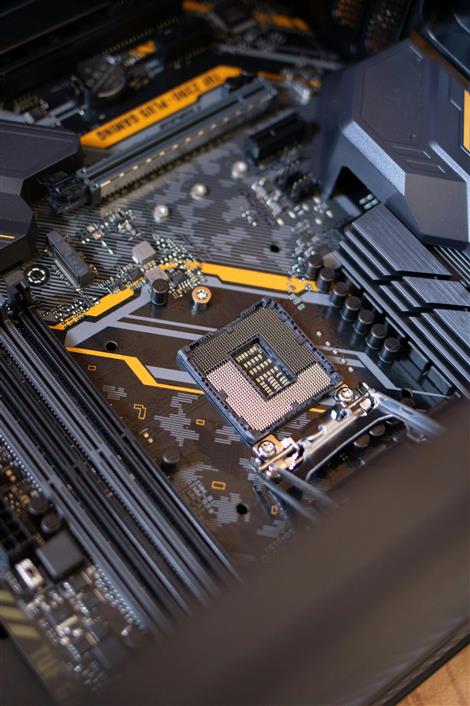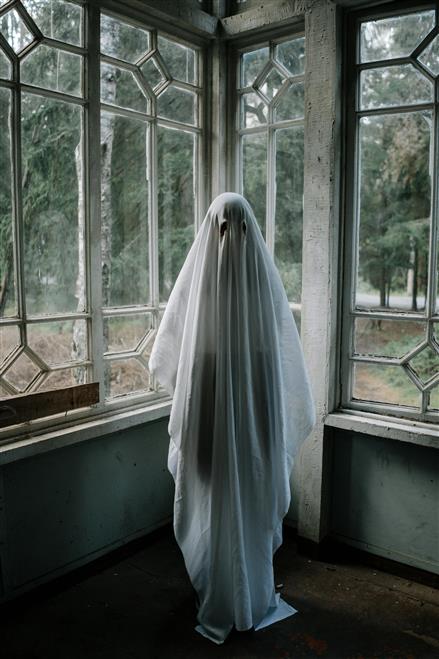
In the corners of old hard drives, long-abandoned email threads, and cloud folders named “misc_final2_revised_REAL,” lies a vast collection of data we’ve accumulated over the years but rarely revisit. Birthday videos from 2012, screenshots of text messages, blurry photos from concerts long forgotten, PDFs of apartment leases, saved tweets, and every version of a resume since college—these bits and bytes remain, untouched yet protected, like digital artifacts in a private museum.
But when does this urge to save everything become less about preservation and more about a fear of letting go? Are we curating a personal archive—or are we quietly becoming digital hoarders?
The Illusion of Infinite Space
Unlike physical clutter, digital data doesn’t pile up in plain sight. There’s no stack of boxes threatening to topple, no hallway filled with yellowing papers. Storage is cheap, search functions are fast, and the cloud promises a kind of magical, invisible attic. This ease changes our relationship to possessions.
The logic goes: why delete something when it takes zero space in your home and maybe one day, just maybe, you’ll need it again?
This reasoning has led to a culture of near-total retention. It’s not unusual for people to have tens of thousands of unread emails, cloud storage full of screenshots, or playlists they haven’t listened to in years. The digital environment subtly encourages it. Deleting seems unnecessary. Saving feels smart—even responsible.
But the emotional weight of never letting go isn’t always so light.

Emotional Velcro: Why We Keep Everything
Much of what we save isn’t practical—it’s sentimental. A voicemail from someone who’s passed away. An email that once made us feel seen. A meme that defined a moment in a friendship. These aren’t just files; they’re emotional timestamps. To delete them feels like erasing a version of ourselves.
Technology amplifies this feeling. Features like “On This Day” or “Memories” resurface old photos and posts, turning the archive into a living, breathing narrative. Our devices have become autobiographers. And once the archive starts to tell your story back to you, deleting can feel like revisionism—or betrayal.
In that sense, our digital hoarding may not stem from laziness or disorganization, but from a desire to hold on to identity. The more we live online, the more our memories become mediated through files. We save not just for utility, but for proof that we were there, that it happened, that we mattered.
The Anxiety of Deletion
There’s also a darker side: fear. What if we delete the one file we need for a future tax audit? What if we lose that photo of a friendship that no longer exists, and can’t remember their face years from now? Deleting can feel final in a way that saving doesn’t.
Psychologists liken this behavior to more familiar forms of hoarding: a difficulty parting with possessions due to a perceived need to save them and distress associated with discarding them. While digital items don’t occupy physical space, they can still create mental clutter. Scrolling through endless folders of outdated notes and duplicated files can provoke a similar cognitive fatigue to living in a messy room.
And there’s a paradox at play: the more we save, the harder it becomes to find what truly matters. The archive grows so dense that it turns into noise, and what once felt meaningful becomes buried under a digital avalanche.
Archiving as Identity Work
Still, not all digital collecting is problematic. In some cases, it’s intentional, even empowering. Artists, writers, and researchers often maintain personal archives to track their evolution. Queer communities, people of color, and other marginalized groups have used digital spaces to document experiences often excluded from traditional histories.
For these users, saving isn’t clutter—it’s agency. It’s creating a version of history that wouldn’t otherwise exist.
The difference lies in intention. An archive is shaped, selected, maintained. Hoarding, digital or otherwise, is passive, anxious, and often compulsive. The key question isn’t just “what are you keeping?” but “why are you keeping it—and what are you doing with it?”
The Rise of the Decluttered Cloud
Not surprisingly, a counter-movement is gaining traction. Digital minimalists are advocating for conscious deletion: inbox zero, regular file pruning, unsubscribing from newsletters, and even “digital sabbaticals.” The idea is that letting go can make room not just for new data, but for clarity and calm.
Some take it further—curating a digital will to manage their data after death, organizing archives into narrative folders, or printing photos and journals as tangible keepsakes. The goal isn’t to erase the past, but to reclaim it from algorithmic chaos.
Finding the Balance
In the end, the line between archiving and hoarding is thin and deeply personal. What feels like noise to one person may be a life story to another. But as we continue to live more of our lives online, we’ll have to grapple with what we keep—and why.
Is the file worth saving because we’ll use it again? Because it reminds us of who we were? Or because we’re afraid of forgetting?
Perhaps the healthiest approach lies somewhere in the middle. A digital life that’s not stripped bare, but not drowning in excess. A space where memory is preserved, but not paralyzed by the past. And where deletion isn’t a loss, but a quiet form of trust—that what truly matters will stay with us, even without the file.






